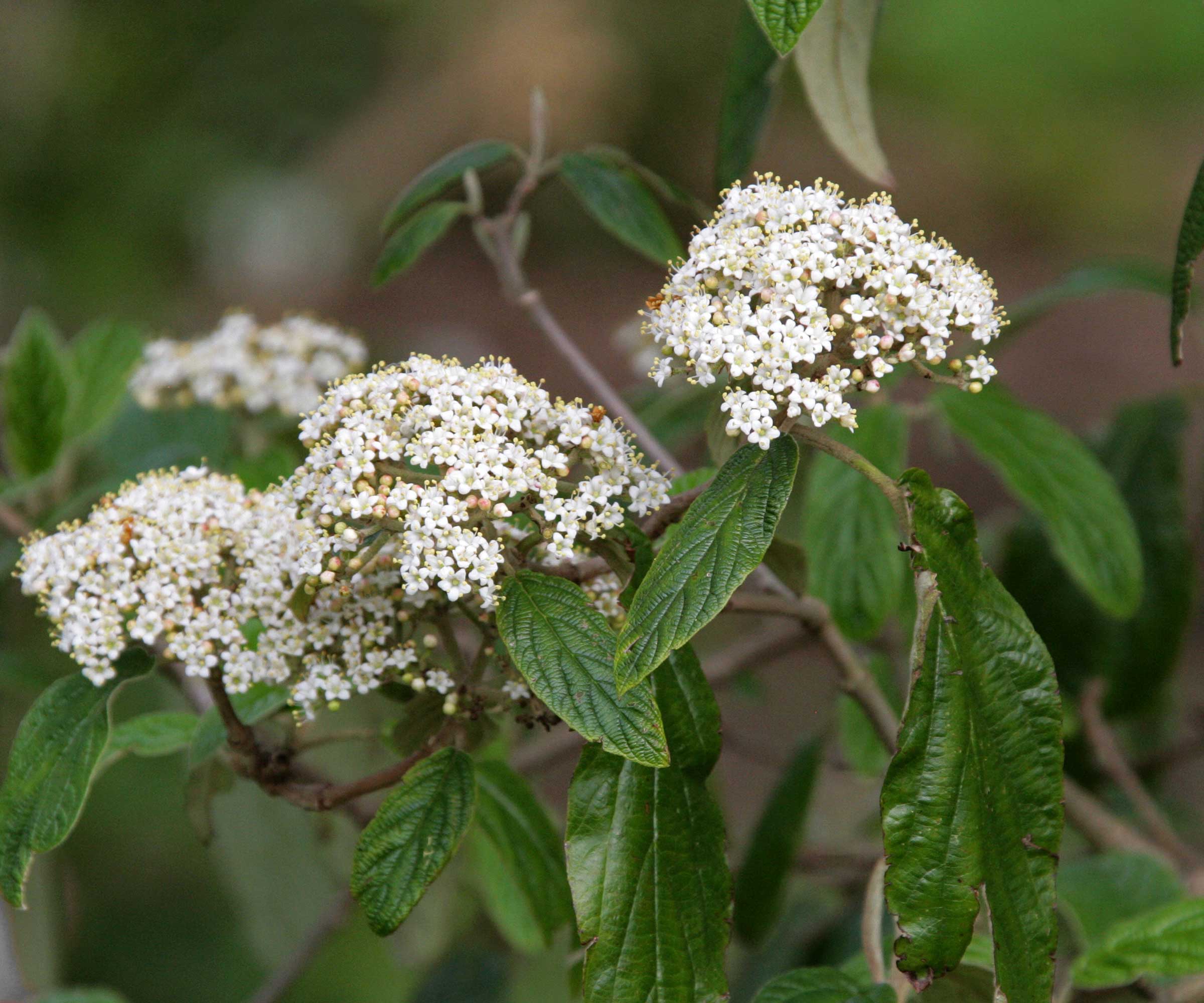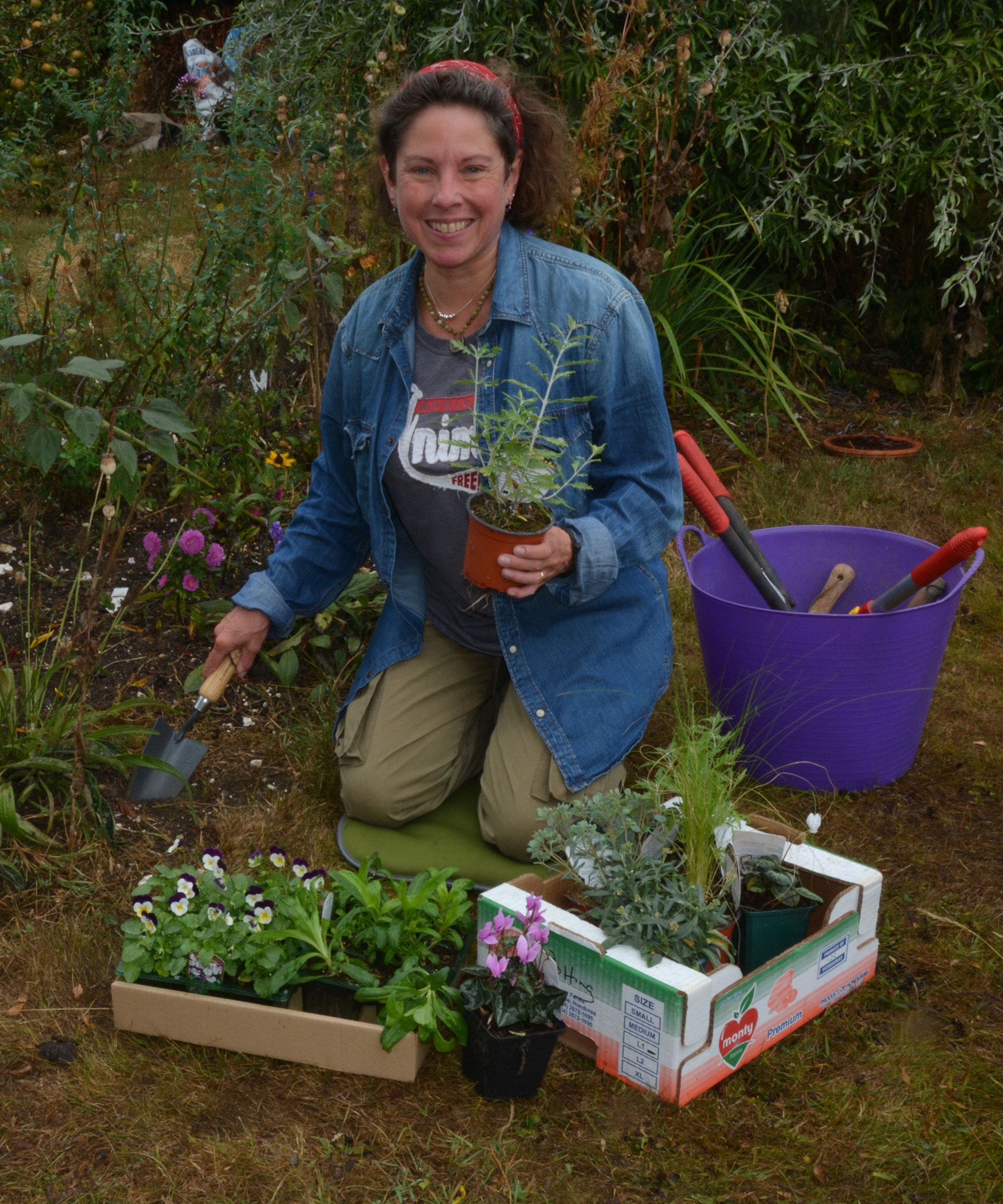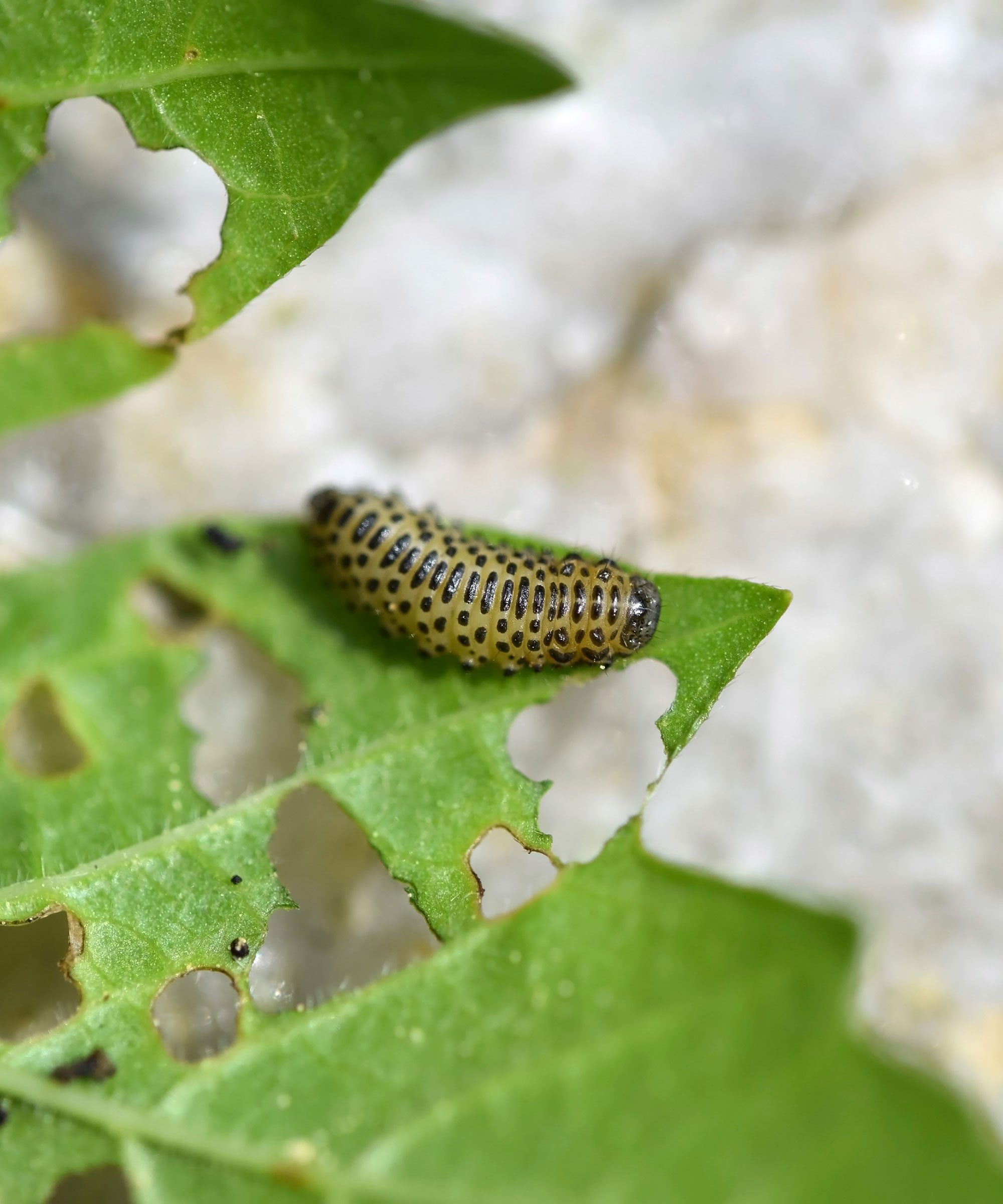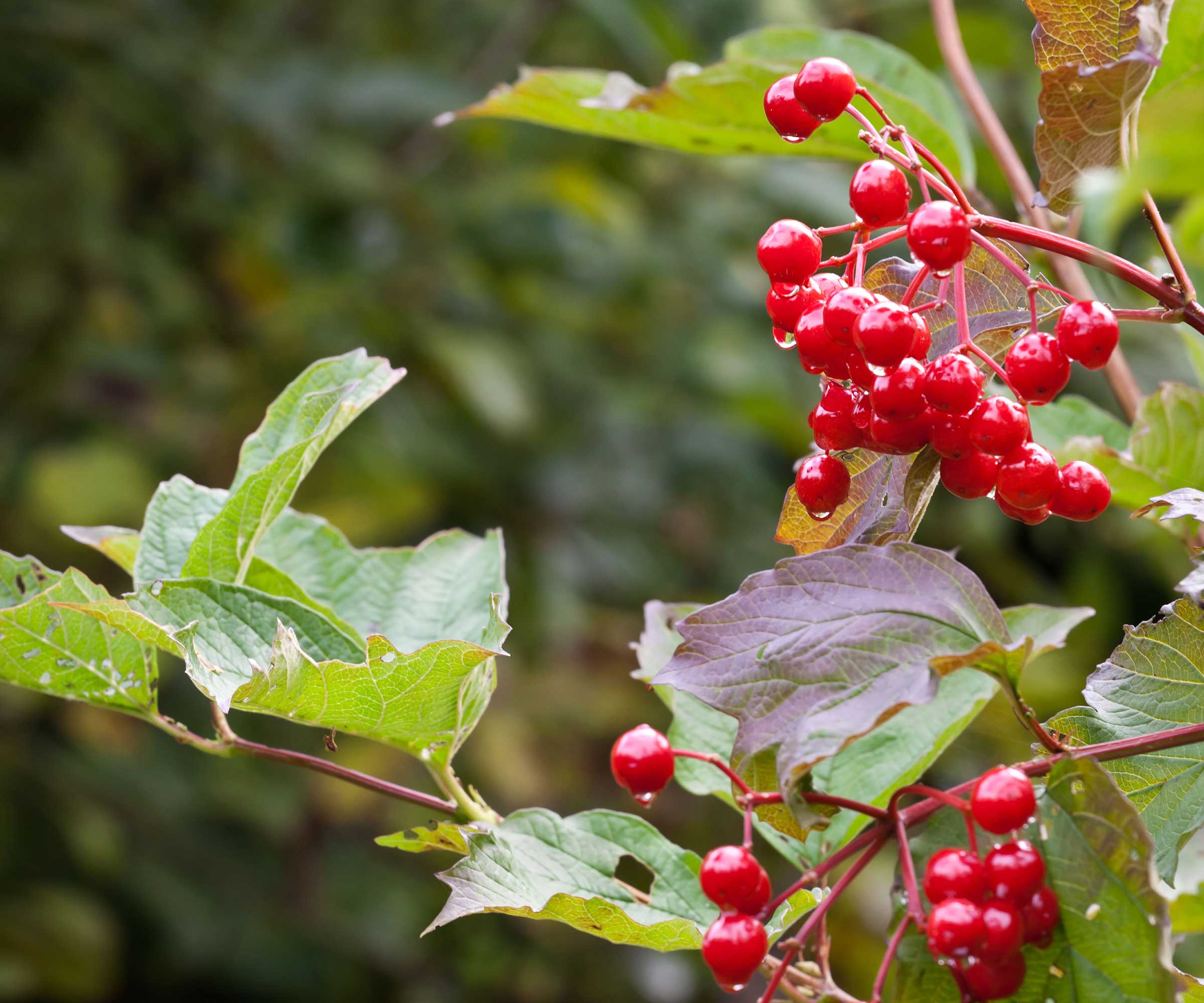What is eating my viburnum leaves? An expert reveals the likely cause – and how to save your shrubs
Solve this common problem and help your garden plant thrive again


Q: Something is shredding the leaves of my viburnum – what is it and how can I stop it from happening?
A: Viburnums are hardworking flowering shrubs, boasting fall berries and attractive foliage (either evergreen or deciduous, depending on the variety). On the whole, they are easy to look after. However, there is a common issue that many gardeners encounter with these plants – and that's holes appearing in the leaves.
The culprit? Viburnum leaf beetles and their larvae. The damage can be so extreme that the shrubs can take an almost skeletal appearance. And, left unchecked, the shrubs become weak and can eventually die. Thankfully, there are a few ways to stop these interlopers in their tracks and help your viburnum bounce back to its former glory.

Leatherleaf viburnum has pretty white blooms
What are viburnum leaf beetles?

Ruth is horticulturally trained and has qualifications from the Royal Horticultural Society. She spends her days writing about and photographing key gardening jobs – her work varies with the seasons and includes everything from planting and pruning to dealing with pests and diseases.
'Originating from Europe, viburnum leaf beetles arrived in America in the 1990s and are slowly spreading,' says Ruth Hayes.
'The females chew holes in viburnum stems, lay their eggs and cover them with a mixture of chewed bark and feces,' she explains. Look closely and you'll spot rows of small, brown bumps: the cavities where the eggs have been stashed. The eggs stay here for the winter months, before hatching in mid-May.
'The larvae, which are ⅓ of an inch long and yellow with black markings, feed on the leaves for around a month before pupating in the soil. The adults emerge in midsummer and restart the cycle,' Ruth continues. These adult beetles are yellowish-brown and around ¼ inch long.
The sooner you catch an infestation, you easier is it to treat – so keep a keen eye out for the damage, as well as the pests and eggs themselves.
Design expertise in your inbox – from inspiring decorating ideas and beautiful celebrity homes to practical gardening advice and shopping round-ups.

The larvae will defoliate these shrubs
How to stop these pests from eating your viburnum plants
'You can reduce problems with this pest by not overfeeding plants,' explains Ruth. This means they won't produce lots of soft and tasty growth that is attractive to the larvae. Encouraging natural predators, such as ladybugs, assassin bugs and lacewings, can also help, she says.
Pruning viburnum should usually be done later in the year, but if you've spotted twigs infested with eggs, remove them in spring before they hatch. True, you will be removing flowering and berrying potential (which develops on wood produced the previous year), but it can be very effective in getting the intrusion under control.
These natural approaches are better for a wildlife-friendly garden, but if they aren't working well enough, it may be time to turn to an insecticide. Ruth recommends a broad-based organic insecticide, such as this one on Amazon – 'but follow the manufacturer's instructions closely.' Her top tip? 'Don’t spray pesticides on windy days as the breeze will spread the poison and kill beneficial bugs and pollinators.'
John Negus, a gardening expert also from Amateur Gardening magazine, suggests using an insecticide, too. He recommends a systemic variety as these are taken into all parts of the plant to ensure in-built immunity to attack. 'Start in spring when the leaves have fully unfolded and the first signs of damage are seen,' he says.

These shrubs are valuable for providing year-round interest
Do viburnum leaf beetles attack other plants?
If you've spotted an infestation, you'll be pleased to know that these pests only feed on viburnums. So, there's no need to worry about them spreading to other nearby plants.
Are some types of viburnum more susceptible to these pests?
Yes – some varieties, including Arrowwood viburnum and American cranberry bush viburnum, are more susceptible to pest intrusion. Damage is often worse to shrubs sited in the shade.
Varieties that are more resistant to attack include Koreanspice viburnum, leatherleaf viburnum, and Judd viburnum – all from Nature Hills.

Holly started writing about gardening five years ago, and she is a regular contributor to Homes & Gardens. She has also written many gardening features for Woman & Home and Real Homes, too. She has previous experience as a professional gardener, where she helped to plant and maintain private gardens. Holly has also looked after allotment plots over the years and loves to grow her own flowers and veggies from seed. In her spare time, she enjoys visiting local gardens, botanical drawing, and tending to her ever-growing collection of houseplants.